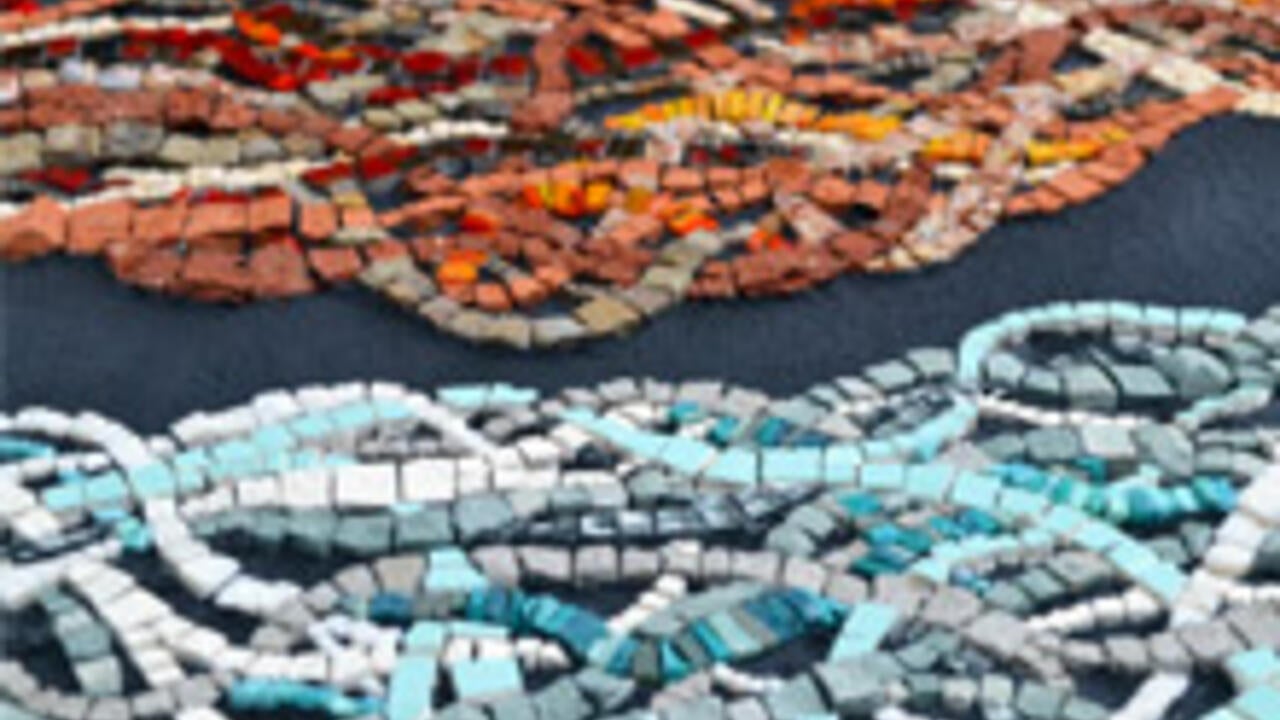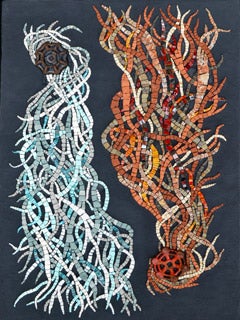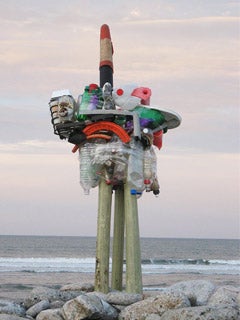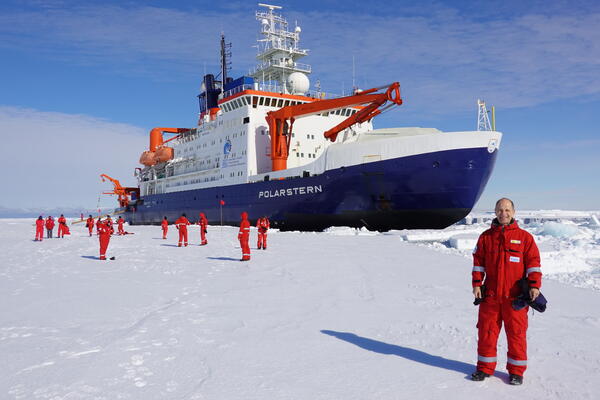
Climate change: How artists inspire cultural change
Novelists like Margaret Atwood and photographers like Edward Burtynsky educate society about our changing environment, says Waterloo researcher

Novelists like Margaret Atwood and photographers like Edward Burtynsky educate society about our changing environment, says Waterloo researcher
By Claire Prime Faculty of ArtsScientists have been warning us about climate change for decades but it’s time for artists and humanists to inspire us to change our behaviour by imagining a future without fossil fuels, says a Waterloo researcher.
“Artists and researchers have an important role to play in helping us to understand, much more so than we do at this moment, how we are creatures of fossil fuels and to imagine what a very different future could look like,” says Imre Szeman, who is cross-appointed to Waterloo’s departments of English Language and Literature and Drama and Speech Communication.
Climate change feels insurmountable because fossil fuels are a fundamental part of our daily lives, even if we don’t realize it, says Szeman. Oil isn’t just something we use to power our cars or create plastics; it has a far-reaching influence on our daily lives.

Drinking From A Firehose (Flood Prone Yet Drought Stricken) by Julie Sperling, University of Waterloo alumna (BES '06 in Environment and Resource Studies, BA '04 in Spanish and Latin American Studies and MA '06 in Geography) and Kitchener’s 2017 artist-in-residence.
Everything that we do, every aspect of society is shaped by our access to this incredibly powerful energy source. Oil propels the stock market, shapes the design of our cities and produces and transports goods around the world. With enough money, we can go anywhere and live and work comfortably and conveniently in any environment. It is inextricably linked to our identity and values.
Moving from stalemate to action requires an analysis and critique of the role oil plays in our culture and an intentional reimagining of how to transition to renewable energy sources, says Szeman.
Canadian photographer Edward Burtynsky is well-known for his depictions of global industrial landscapes, including the oil sands in Fort McMurray, Alta. In Oil, the artist takes the viewer from extraction, transportation and refinement to the social and environmental consequences. He shows us deserts dotted with polluted water, suburban sprawl, parking lots, mountainous scrap yards and dumps.
Liberate Tate, an art collective, has made it its mission to “free art from oil.” In 2010, as tens of thousands of barrels of crude oil were being expelled into the Gulf of Mexico every day from a blown-out wellhead, artists and activists descended upon Tate Britain in London during a summer party to protest British Petroleum’s sponsorship of the gallery. They spilled molasses from canisters onto the gallery floors before donning BP ponchos and attempting to contain the spill, declaring the mess “tiny in comparison to the size of the whole gallery.”

"Tillydrone – Aberdeen,” (from the "Invisible Oil” project, book available from Springer International Publishing) Ernst Logar 2008
Novelists, including Margaret Atwood, Kim Stanley Robinson, Robert K.J. Killheffer and Jeanette Winterson, have used speculative fiction to imagine what a life without fossil fuels could look like. In her essay, “It’s Not Climate Change — It’s Everything Change,” Atwood describes a world thriving without fossil fuels.
For his part, Szeman has been leading research in Canada on what we must change — socially, cultural and politically — to transition from fossil fuels to new forms of energy. He co-directed Petrocultures, a research group based in Alberta made up of social science and humanities researchers, artists and a former politician. It aims to support, produce and distribute research about our cultural dependency on oil, and hopes to start an eastern branch with researchers from Ontario, Quebec and New York state. Last year, his research group self-published After Oil, which outlines why we must transition away from oil and how we can begin to map out the future without it. The book is available for free online.

Read more
English professor reflects on the innovative field of children’s literature and the challenges of writing and publishing picture books

Read more
Waterloo researcher Dr. Mikal Skuterud explains how immigration policy must shift to address productivity needs in Canada

Read more
Waterloo professor captures valuable experiential knowledge generated through interdisciplinary collaboration
The University of Waterloo acknowledges that much of our work takes place on the traditional territory of the Neutral, Anishinaabeg and Haudenosaunee peoples. Our main campus is situated on the Haldimand Tract, the land granted to the Six Nations that includes six miles on each side of the Grand River. Our active work toward reconciliation takes place across our campuses through research, learning, teaching, and community building, and is co-ordinated within the Office of Indigenous Relations.